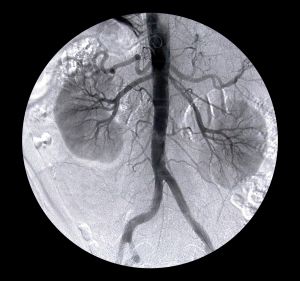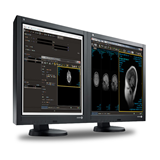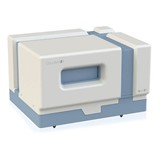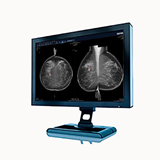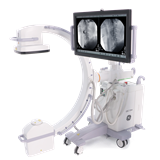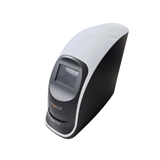Monash University’s Multimodal Kidney Image Analysis Project, a collaboration between the School of Biomedical Sciences and Monash Biomedical Imaging, with support from the Australian National Data Service, has produced a tool known as xGlom.
xGlom uses Magnetic Resonance Imaging and high-end computing power to deliver 3D images of the kidney in unprecedented detail and in a fraction of the time possible using traditional methods.
Head of the Monash Department of Anatomy and Developmental Biology, Professor John Bertram is a world leader in kidney research and has been investigating the importance of glomeruli – tiny filtering units inside the kidney – for two decades.
"There is growing evidence that the number of glomeruli in the kidney – which can range from 200,000 to two million – is strongly linked, not only to kidney disease, but to cardiovascular health," Professor Bertram said.
"You do not produce any glomeruli after birth, so if you're born with a low number, you're at higher risk of these very serious diseases."
Professor Bertram's research is focused on counting and sizing glomeruli and determining exactly how they relate to disease.
"In addition to being much faster than traditional methods, using xGlom means we can determine the size of every one of these filters in the kidney – that's never been possible before. So, if a kidney has one million glomeruli, we can determine the size of all of them and how they change with disease," Professor Bertram said.
Director of Monash Biomedical Imaging, Professor Gary Egan, said the project automated a lot of the image processing and quantification procedures.
"We've developed a workflow that automatically feeds the images and reporting to John's team. It greatly improves the efficiency of the research," Professor Egan said.
"Further, because the image is taken of the entire kidney, we can look at the overall architecture of the organ and the progression of other disease processes, such as fibrosis and calcification.
"So in addition to further information about the glomeruli, xGlom can provide an overall picture of kidney health."

